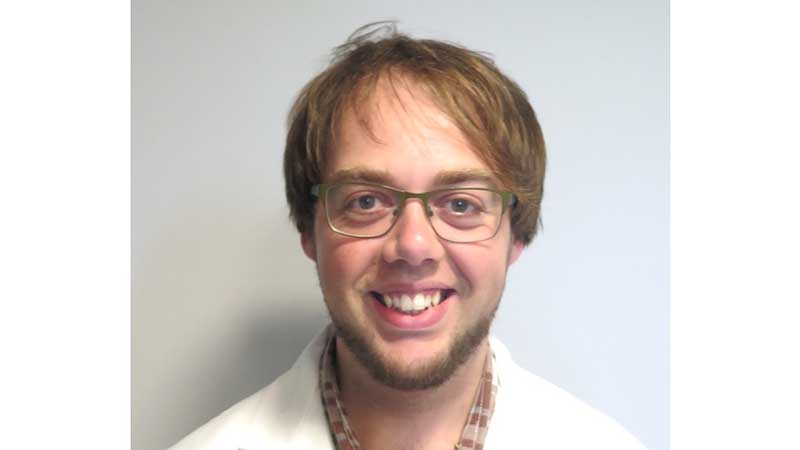Published:

Wearing a face mask or other covering over the mouth and nose reduces the forward distance travelled by an exhaled breath by more than 90 per cent, research suggests.
A team of engineers from Heriot-Watt University, the University of Edinburgh and NHS Lothian clinicians tested the effectiveness of seven types of face covering – including medical-grade and home-made masks – found that they could all potentially help limit the spread of Covid-19.
However, some of the masks enabled strong jets of air to escape from the back and sides.
The findings could aid policymakers producing guidance on the wearing of masks to help combat the virus.
The research group assessed different face coverings using a technique called Background Oriented Schlieren imaging, which enables scientists to measure the distance and direction travelled by air expelled when a person breathes or coughs.
Measurements were taken from people wearing different face coverings while standing or lying down, and from a manikin connected to a cough-simulating machine.
Researchers found that all face coverings without an outlet valve reduce the forward distance travelled by a deep breath out by at least 90 per cent.
A type of mask commonly worn by workers exposed to fine dust – called a respirator mask – was shown to provide protection to the wearer. However, the valves on these masks that made breathing easier could potentially allow infectious air to spread considerable distances in front, the study found.
Surgical masks and the tested hand-made masks were found to limit the forward flow of expelled breath, but also generate far-reaching leakage jets to the side, behind, above and below. Heavy breathing and coughing, in particular, were shown to generate intense backward jets.
Only masks that form a tight seal with the face were found to prevent the escape of virus-laden fluid particles, the team says.
Researchers found that full-face shields worn without masks enabled the release of a strong downward jet.
The team also discovered that a regular medical procedure known as extubation – the removal of a breathing tube used during anaesthesia and when patients are on a ventilator – may increase the risk of spreading Covid-19.
Simulations showed the coughing that regularly accompanies extubation caused people nearby to be enveloped in the patients’ exhaled air. This puts clinicians and others at high risk of exposure to the virus, the team said.
Dr Cathal Cummins, an assistant professor in the Department of Mathematics and Institute for Infrastructure & Environment from Heriot-Watt University , who co-authored the work, said: “Even our hand-made mask performed very well in preventing the frontal spread of the wearer’s exhaled breath. While this is positive, wearers of hand-made face masks need to be aware that jets of air can leak out of the sides and back of their masks. This could be particularly important when using masks on public transport, where sitting behind someone wearing a mask could be more of a hazard than sitting directly facing them.”
Dr Ignazio Maria Viola, of the University of Edinburgh’s School of Engineering, who coordinated the project, said: “I have generally been impressed by the effectiveness of all the face coverings we tested. However, we discovered that some face coverings allow the emergence of downward or backward jets that people are not aware of and that could be a major hazard to others around them.”
Dr Felicity Mehendale, a surgeon at the Centre for Global Health at the University of Edinburgh’s Usher Institute, said: “It was reassuring to see the hand-made mask worked just as well as the surgical mask to stop the wearer’s breath flowing directly forwards. This suggests that some hand-made masks can help to prevent the wearer from infecting the public. But, the strong backward jets mean you need to think twice before turning your head if you cough while wearing a mask; and be careful if you stand behind or beside someone wearing a mask.”
The research is published as a preprint paper.
See also the piece featured on NBC News
Susan Kerr
Media Relations Officer
E: susan.kerr@hw.ac.uk